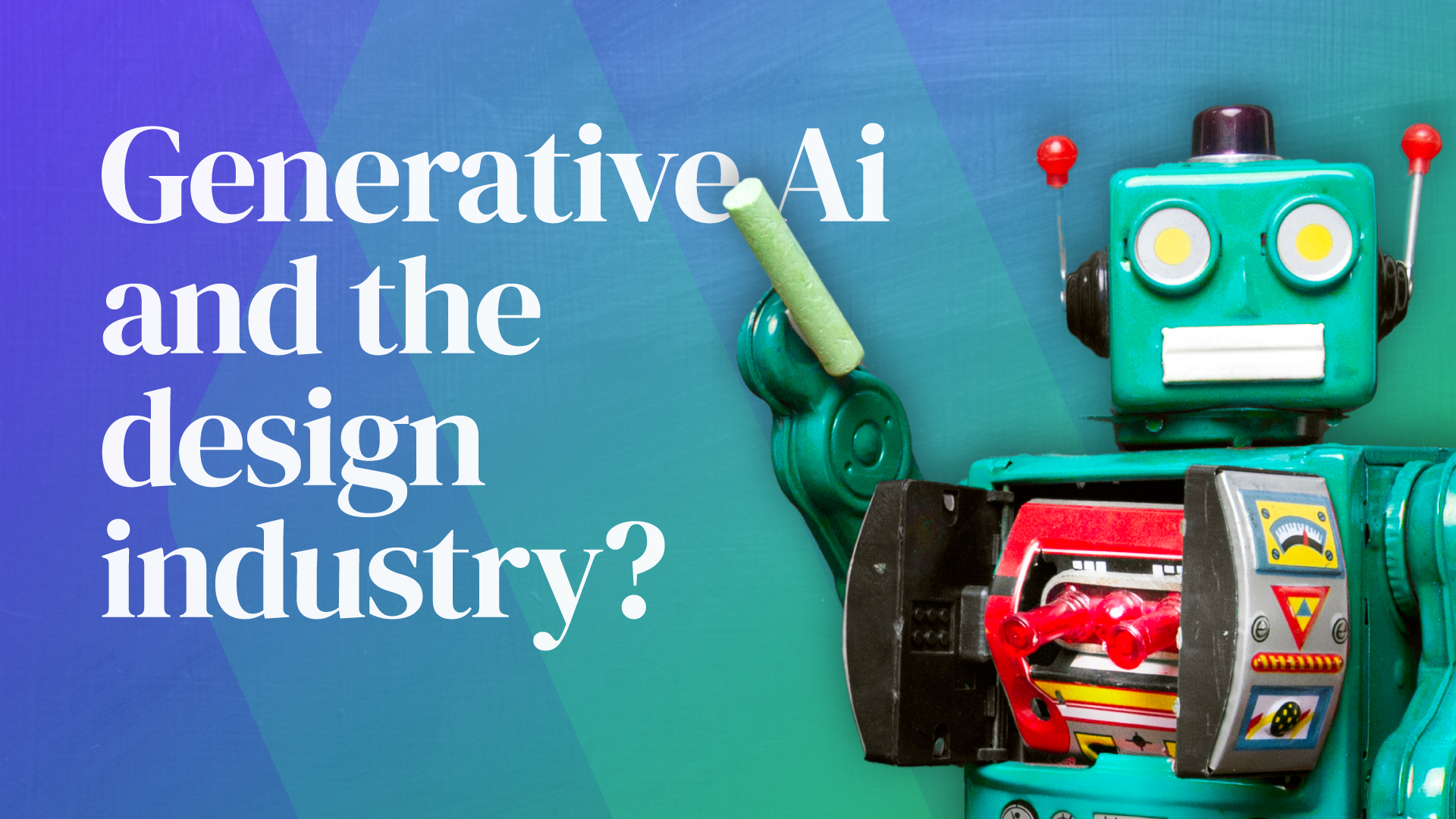How will Generative Ai affect the design industry in 10 years time

In the rapidly evolving landscape of the creative design industry, emerging technologies are redefining the boundaries of what is possible. Generative AI has the potential to significantly impact the design industry in the next 10 years. In this article we consider some potential ways in which it could influence various aspects of design:
Automated Design Exploration:
Generative AI algorithms can assist designers by rapidly generating a wide range of design options based on specified parameters. This can help designers explore a multitude of possibilities quickly and efficiently, enabling them to discover novel and innovative solutions.
Design Assistance and Optimization:
Generative AI can aid designers in optimizing their designs by simulating and analyzing various performance factors. It can provide suggestions for improvements, such as reducing material usage, increasing structural stability, or improving energy efficiency.
Augmented Design Process:
Designers can collaborate with generative AI systems, working in tandem to enhance creativity and productivity. AI can provide real-time feedback, propose alternative design approaches, and assist in iterative design processes, ultimately augmenting the designer’s capabilities.
Customization and Personalization:
Generative AI can facilitate the creation of highly customized and personalized designs. By analyzing user preferences and constraints, AI systems can generate unique design solutions tailored to individual needs, whether it’s product design, fashion, architecture, or user interfaces.
Design Inspiration and Synthesis:
AI can analyze vast design datasets, identify patterns, and generate novel ideas based on the learned knowledge. Designers can use AI as a source of inspiration, leveraging its ability to combine diverse influences and create unique design concepts.
Automated Design Production:
Generative AI can automate certain design production processes, such as generating design specifications, producing design documentation, or generating code for 3D printing and manufacturing. This can streamline workflows, reduce production time, and improve efficiency.
Ethical and Sustainable Design:
AI can help designers incorporate ethical and sustainable principles into their work. By analyzing environmental impact, evaluating lifecycle assessments, and suggesting alternative materials or processes, AI can contribute to the development of more environmentally friendly and socially responsible designs.
Summary:
However, it’s important to note that while generative AI offers significant potential, it is not a substitute for human designers. Human creativity, intuition, and contextual understanding remain essential in the design process. Generative AI should be seen as a powerful tool that can augment and support designers, enhancing their capabilities and enabling them to explore new design territories.